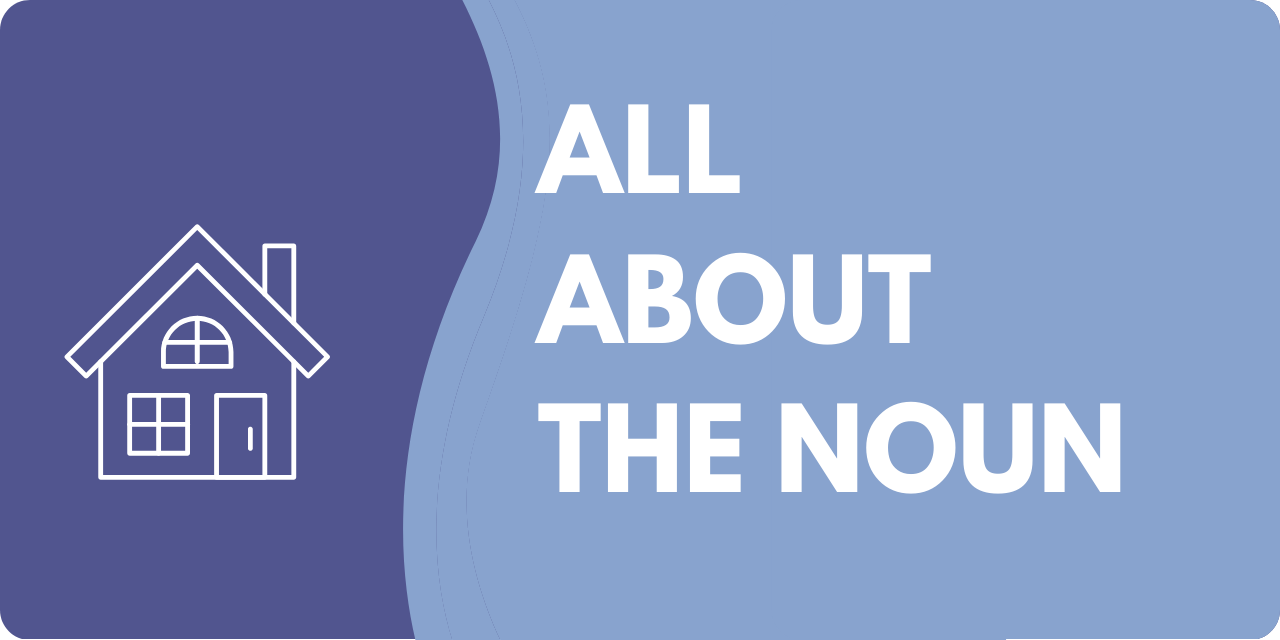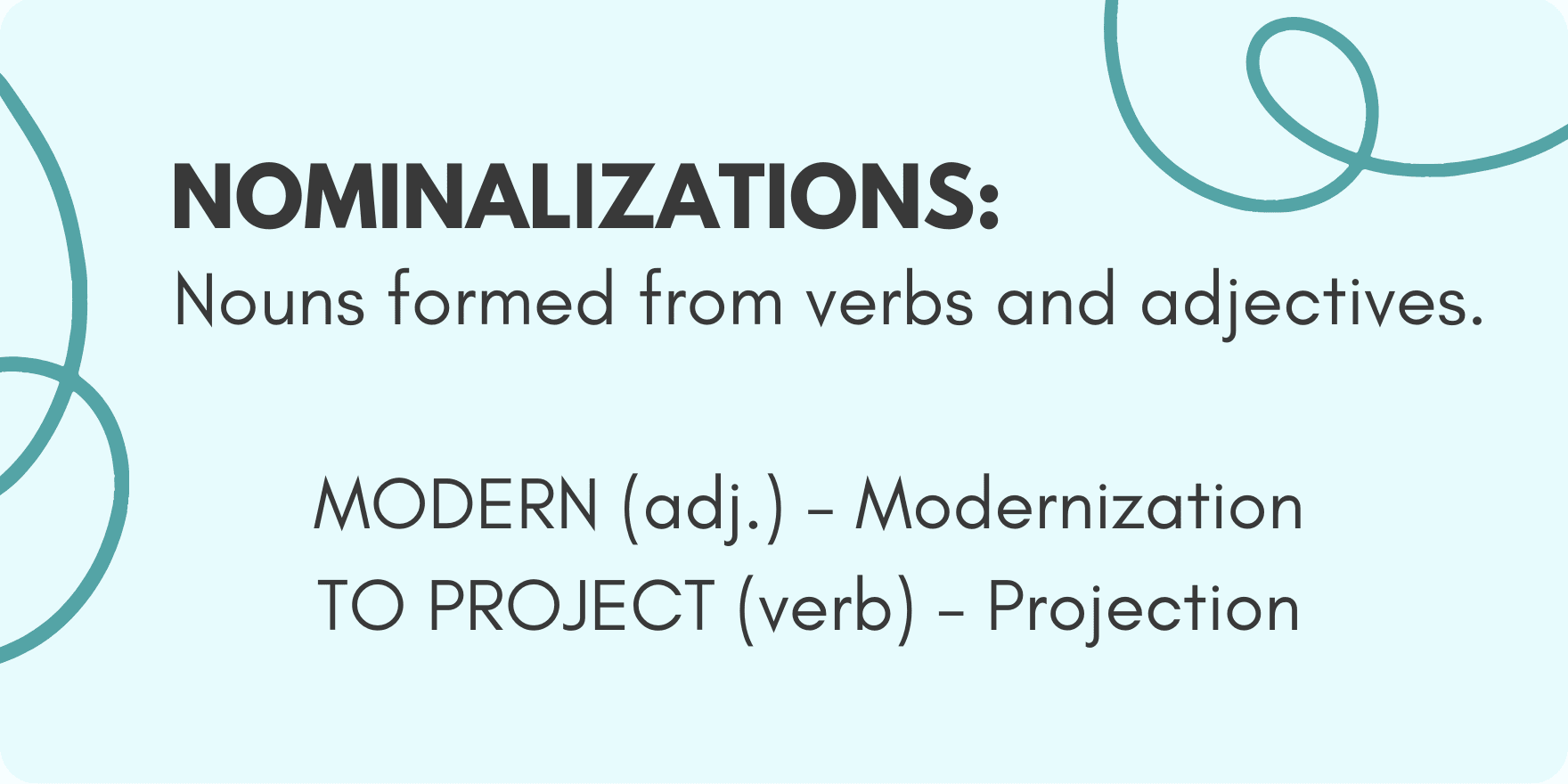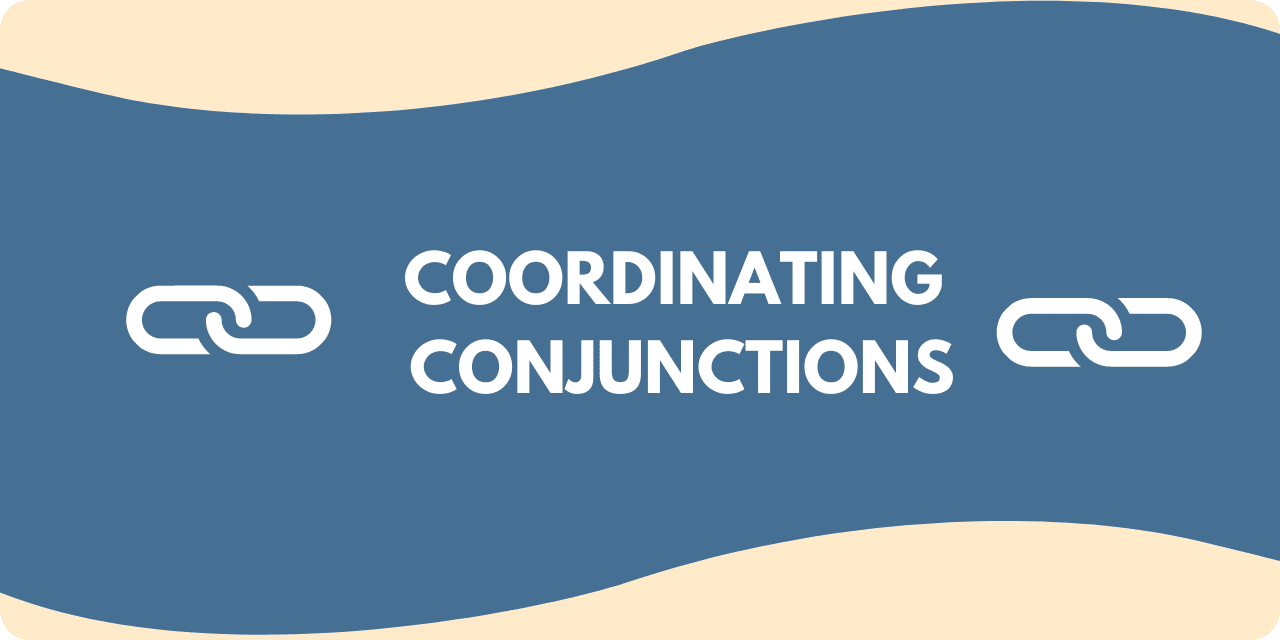A, an, and the are special types of adjectives often referred to as “articles” or “article adjectives.” Rather than describing a noun as standard adjectives do, they limit it, determining whether it is specific or general.
Many other languages do not have articles or use a single article. As a result, many non-native speakers leave articles out when speaking or writing, so these missing articles can announce whether an English speaker is native or a second language learner.
In particular, two of the articles (“a” and “an”) sometimes cause problems, even for native speakers.
As they both share the same meaning, let’s take a look at when you should use each one.
The Article Adjectives
First, let’s make sure you understand when to use each type of article.
There are two categories of articles in English: definite and indefinite articles.
There is only one definite article: the word “the.” It is a definite article because it limits the corresponding noun by indicating a specific person, place, thing, or abstract idea.
For example:
The boy threw the frisbee, and the dog caught it.
“The” relates to a specific person, place, or thing in all three cases. We are not concerned with any individual boy, but the specific one that threw the frisbee. It wasn’t just any frisbee, but the particular one that the boy threw. Also, the sentence is not referring to any dog but the specific dog that caught the frisbee.
There’s a definite noun to which the sentence is referring in each case.
“A” and “an” make up the second category: indefinite articles. You will use them when the sentence does not reference a specific person, place, or thing.
To illustrate the difference:
The girl went to the library to get a book.
In this example, a specific girl is going to the library, indicated by the article “the” in the sentence. However, “a” book could be any book, so that meaning is indefinite. She is looking for whatever book strikes her fancy in this case.
A girl went to the library to get the book.
This example is a similar sentence, but the rearranging of the article adjectives changes the sentence’s meaning. Now, the writer or speaker seems unaware of the girl’s identity, as they used the indefinite pronoun “a” instead of “the.” Yet, at the end of the sentence, she is getting “the” book, which indicates a specific book that she went after, probably referenced earlier in the discussion.
How Do You Use “A” and “An” Correctly?
Now that you understand the difference between the two articles, it is time to clear up the confusion with indefinite articles. You will want to use these when there is no specific noun in the sentence, but are they interchangeable?
The answer is no.
You use “a” as a modifier when the following word begins with a consonant sound.
“An” is used when the word following it begins with a vowel sound.
Notice that the key here is the sound, not the letter. Sometimes you may have instances when you have a consonant to begin a word, but the pronunciation begins with a vowel sound.
The purpose of this distinction is to smooth the language when speaking, as it can be stilting and awkward saying “a apple” when “an apple” flows smoothly and rolls better off the tongue.
A brown earthworm and an ant crawled across the sidewalk.
Here, there are a few critical considerations. You might think that “a brown earthworm” should be “an brown earthworm” because the article is modifying the noun “earthworm.”
However, remember that while you will often find the adjective directly in front of the noun, the point is language flow, so it’s the word immediately following the article that concerns us. “An brown” is nearly as jarring as “a apple.” Since the word following the article, “brown,” starts with a consonant sound, we will use “a.”
With “an ant,” the noun does immediately follow the article adjective, and “ant” begins with a vowel sound, so we use “an” here.
After the shipwreck, the pilot sent an S.O.S. to find help.
This circumstance is a prime example of a situation where you might expect to use “a” because “S.O.S.” begins with a consonant letter; however, when pronounced, the first letter sounds like “es” with an e sound. Therefore, we use “an” for flow. “A S.O.S.” is more difficult to say and sounds stilted.
Here are a few final examples:
An elephant grabbed a peanut with its trunk.
An angry boss fired a secretary for being late.
All he wanted was an honest wife in which to start a family.
After a busy month, the carpenter decided to hire an assistant.






